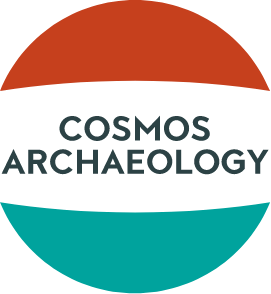The Regia Conservation Plan
Glenelg Council
Location
Date
Archaeology
When the Glenelg Council proposed the development of a living shipwreck exhibition featuring the Regia wreck, Cosmos Archaeology was tasked with preparing a Conservation Plan to ensure the long-term preservation of the site.
The Regia was a three masted wooden barque built in Cochin, India in 1835. It was bought by Thomas Nunn in 1836 and sent to Australia. For the next 24 years, under a variety of owners and masters, the Regia was involved in Indian Ocean and Pacific trade, carrying a variety of mixed cargoes from passengers to bulk materials such as maize, rice and sugar. The vessel was wrecked in Portland Bay, Victoria, in 1860 during a storm. The vessel is designated a ‘Historic Shipwreck’ under Australian and Victorian State law.
In 2001, the local Maritime Discovery Centre sought to excavate the Regia in order to develop it into a living shipwreck exhibition, to be incorporated into the nearby Maritime Museum. A Conservation Plan was an essential part of the documentation needed to secure grant funds for the project, as it demonstrated a long-term strategy to preserve what remained of the Regia.
To achieve this, Cosmos Archaeology needed to determine what made the Regia significant, identify potential impacts to this significance and then propose achievable measures to safeguard this significance. This required archival research and the gathering of historical, oral and physical evidence relating to the Regia, and an assessment of community attitudes towards the wreck. Additionally, a thorough assessment of threats was needed, including natural forces such as marine growth and scouring, human forces such as boats, and threats resulting from the excavation work needed to create the exhibition. The Conservation Plan devised a number of mitigation measures to address these threats.
The wreck was considered to be of high interpretive significance due to its accessibility, setting, exotic origin, condition of the timbers and its structural integrity. Such a well-preserved timber wreck site, which was built over 160 years ago and is accessible to the non-diving public is rare, if not unique, to Australia.
Acknowledgements
Jessica Blaxell; Preservatives
David Petch; GHD
Taryn Debney; BIOSIS
Cassandra Philippou
Lydia Matthews



